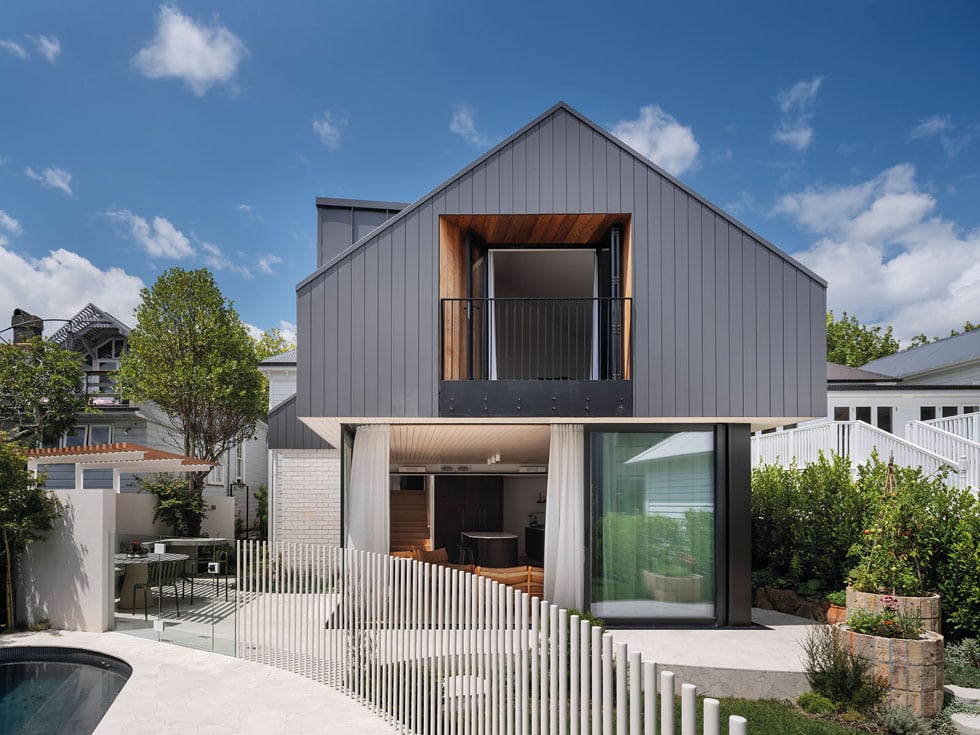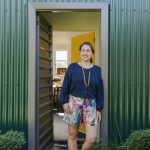The streets of Tāmaki Makaurau/Auckland aren’t well known for their deciduous foliage, but one exception is Franklin Road in Freemans Bay, where 100-year-old plane trees guide you through the seasons. In spring and summer (when at night it turns into a veritable fairyland, thanks to its famous Christmas lights), a canopy creates a green roof overhead, then as the leaves fall away to expose bare branches, you know autumn and winter must be on their way.


The trees aren’t the only things that have lined this street for quite some time — its villas were built in the Victorian era. This heritage is something Natasha Markham is well versed in as both a local resident and the founder of MAUD, her architecture and urban design practice based in an office a few doors down from her home.
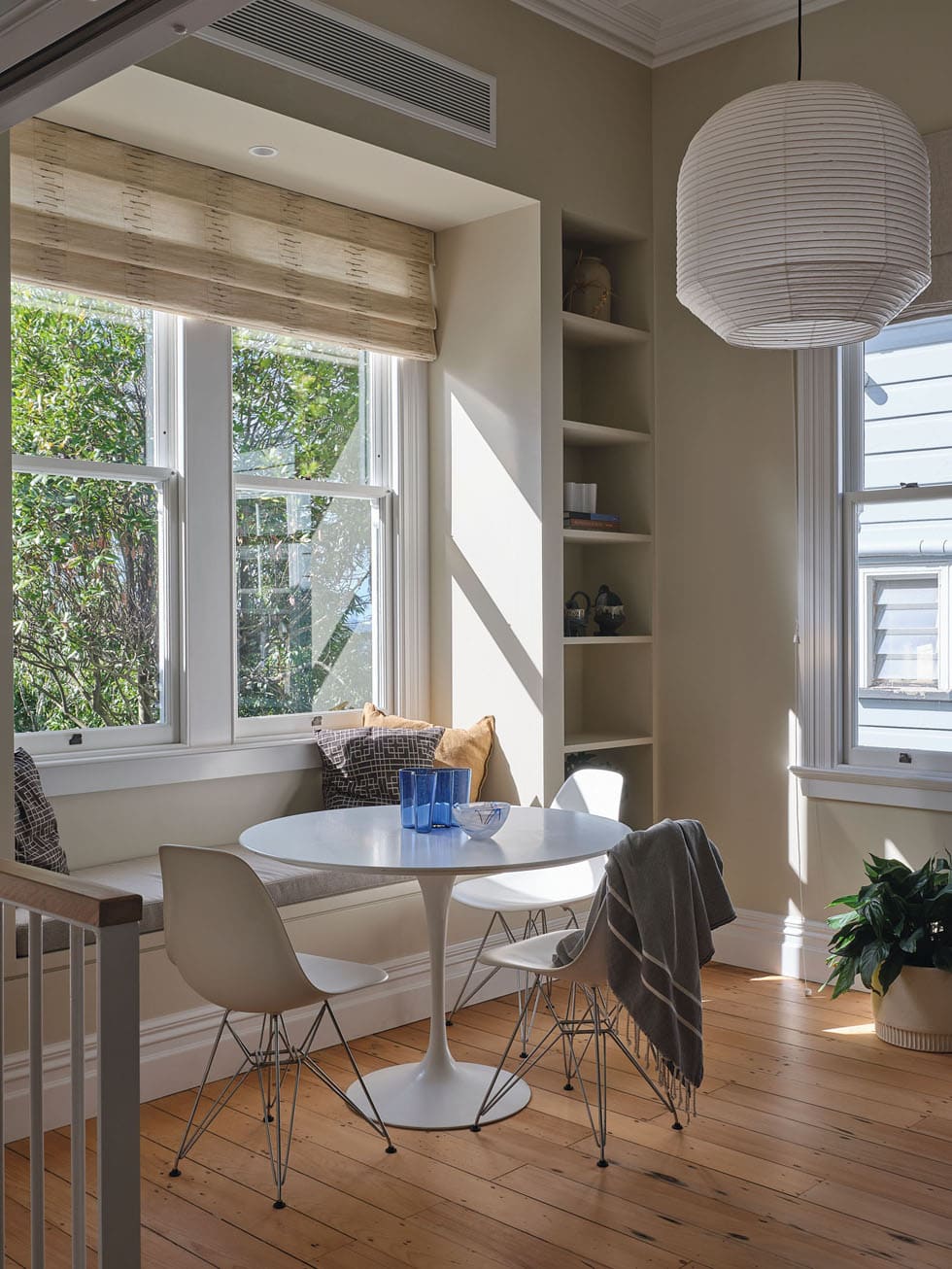

“One of the reasons my husband Glen [Barnes] and I bought our place here was because it basically hadn’t had anything done to it,” she says. “The best way to maintain heritage is to use it. It’s important to be judicious about when that’s appropriate and when it’s not, and in this instance, it makes sense because this end of the street has a continuous run of same-style houses. You’re part of something greater than your place alone.”


After living in the villa for seven years before embarking on its update, Natasha had established a strong sense of how it could be adapted to stretch out and engage with more of the site. The plan came into focus in the moments she was able to steal between projects at her practice, as an addition that acknowledges old and new through materials and design details, “somewhere Glen and I could raise our boys [Theo (13) and Jasper (11)] with a sense of ease — a grounding space that enhances connections to each other and the environment.”

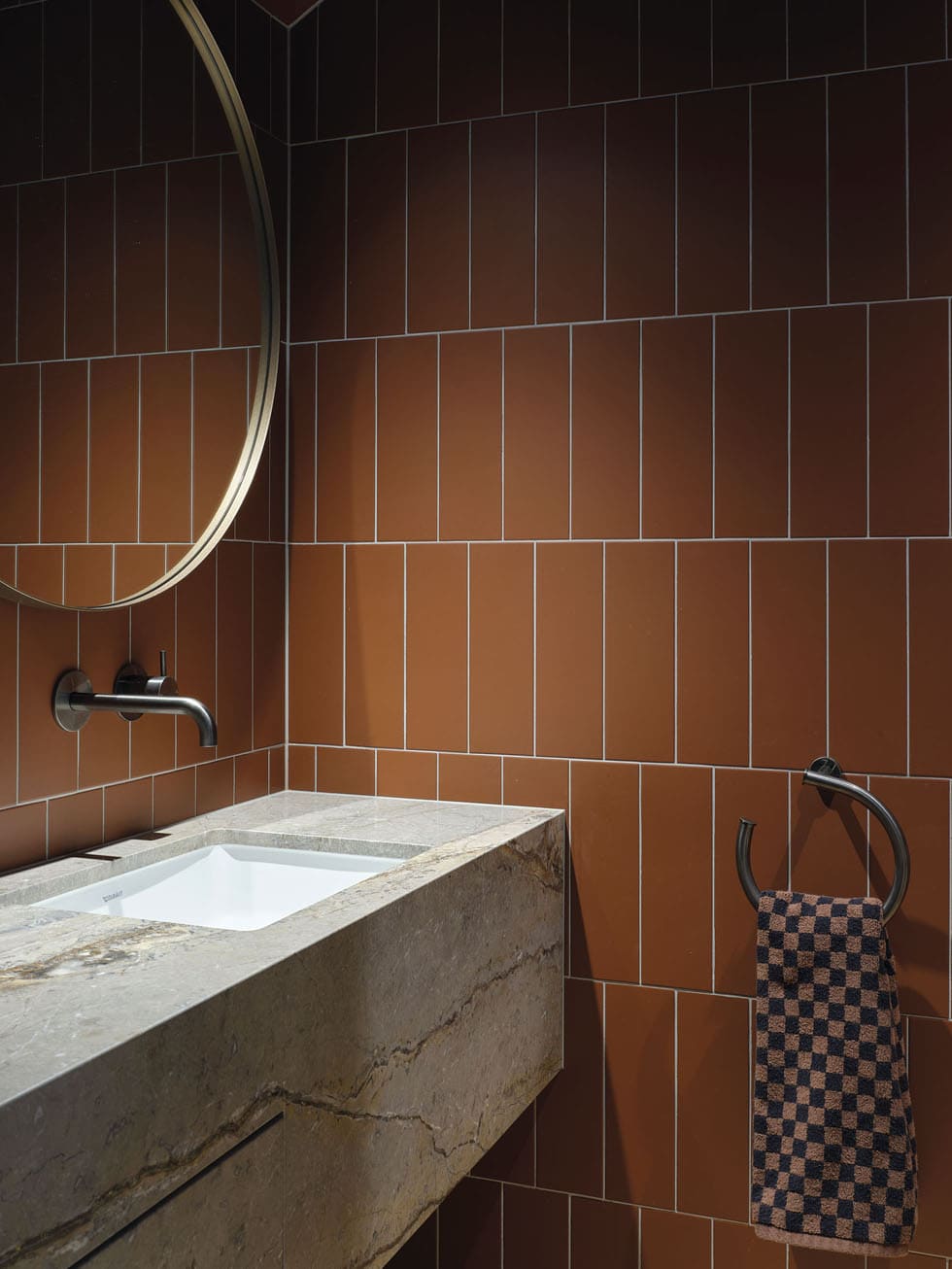
Taking into consideration the slope of the section, there was an opportunity for a two-storey extension to be added to the back of the villa, while keeping the existing spaces intact. It’s meant the home has grown to relatively generous proportions, yet it doesn’t ever feel unwieldy, as Natasha has made use of smart spatial solutions. The programme in the original part of the home places the boys’ bedrooms and a bathroom to the south, and a study and TV lounge to the northeast. From there, you can step down into the new kitchen, dining and living area, which links to the garden, or up to the main bedroom suite, which has a view over the rooftops to the Waitematā Harbour.
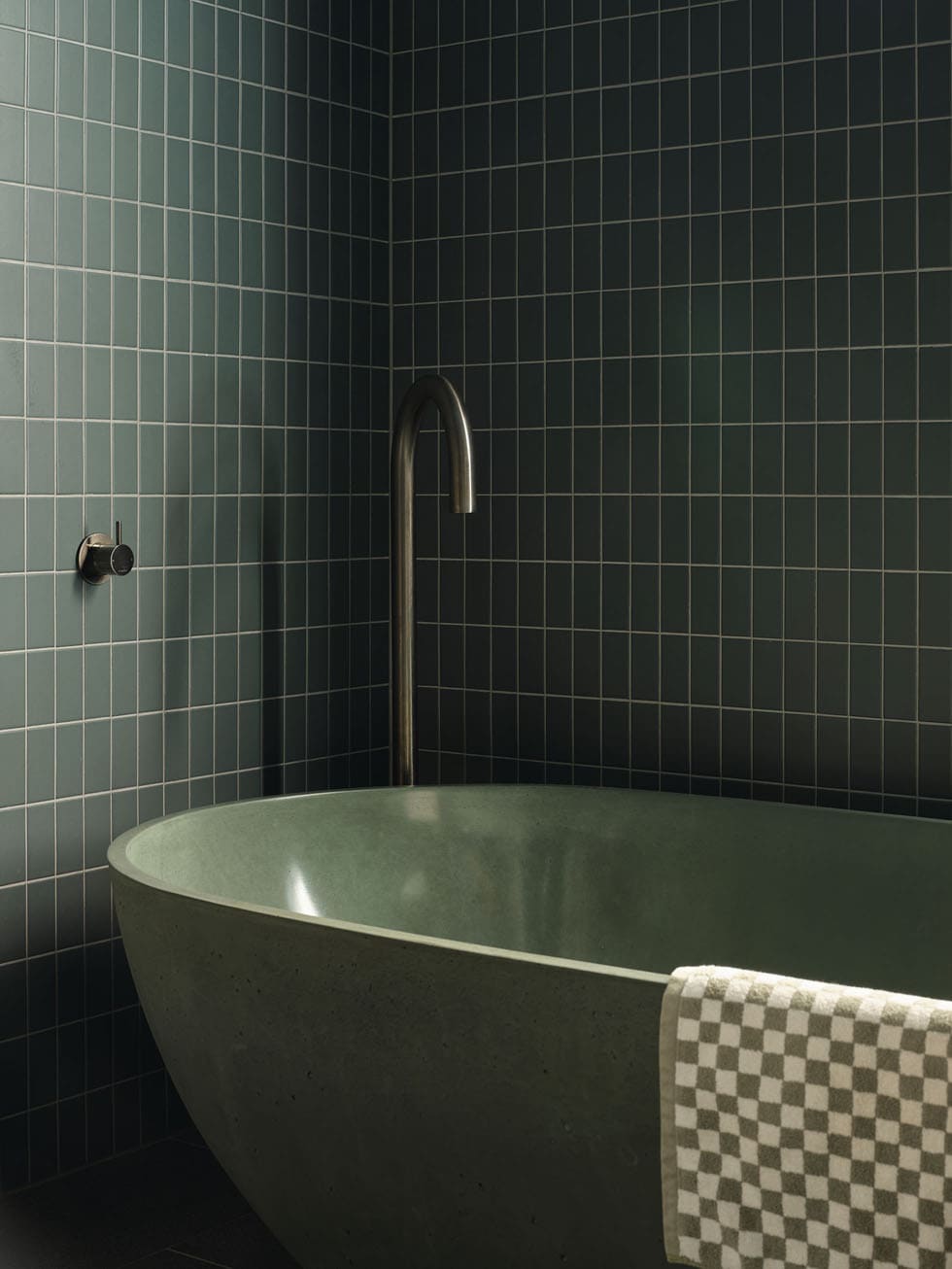

During the build by Faulkner Construction, the family decamped to a two-bedroom apartment in nearby Beaumont Quarter. “It was an interesting experiment that tested our family dynamics, that’s for sure!” laughs Natasha, before adding that she enjoyed the experience of apartment living all the same. Living so close helped to keep the work-life-reno balance in check, and made it easier to visit the site to oversee the finer details.
Knowing when to stop designing was perhaps Natasha’s biggest challenge. “I just have so many things I want to explore,” she says. “If I’m approaching work for a client, there are different rules and it’s great to work with constraints. Here, I was keen to test out some ideas and experiment a bit.”
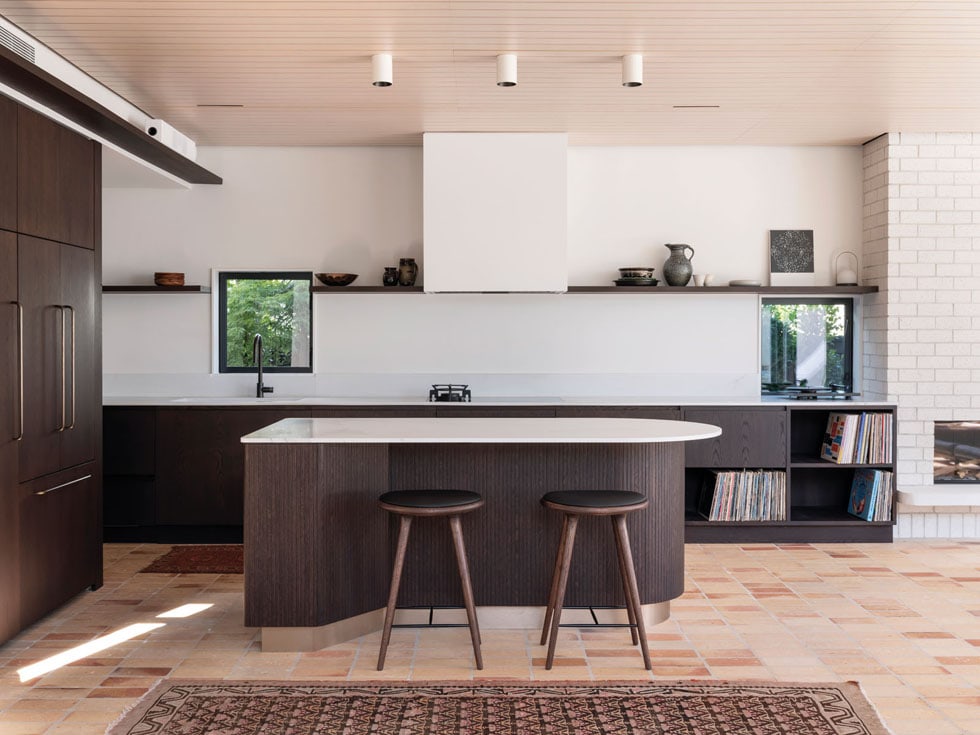
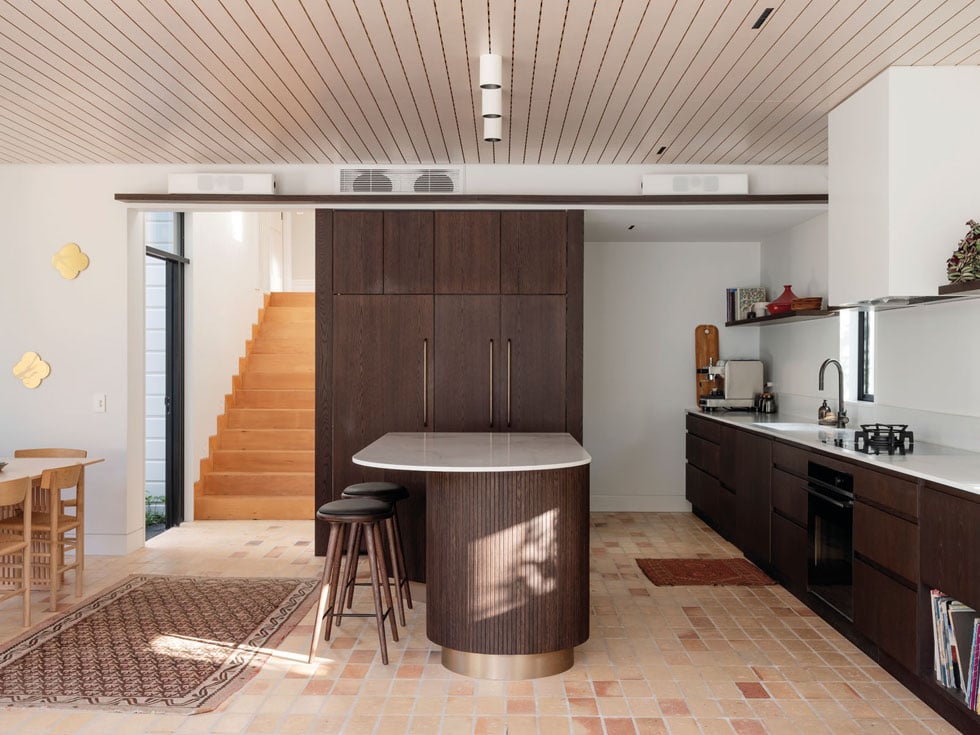
Repurposing salvaged materials was a particular area of interest, including recycling the bricks from the previously removed chimneys and the kauri linings that were pulled out when the walls were being insulated. “We reused quite a bit,” says Natasha. “In a small way, we’re trying to show that stuff that usually goes in the skip can have another life.”
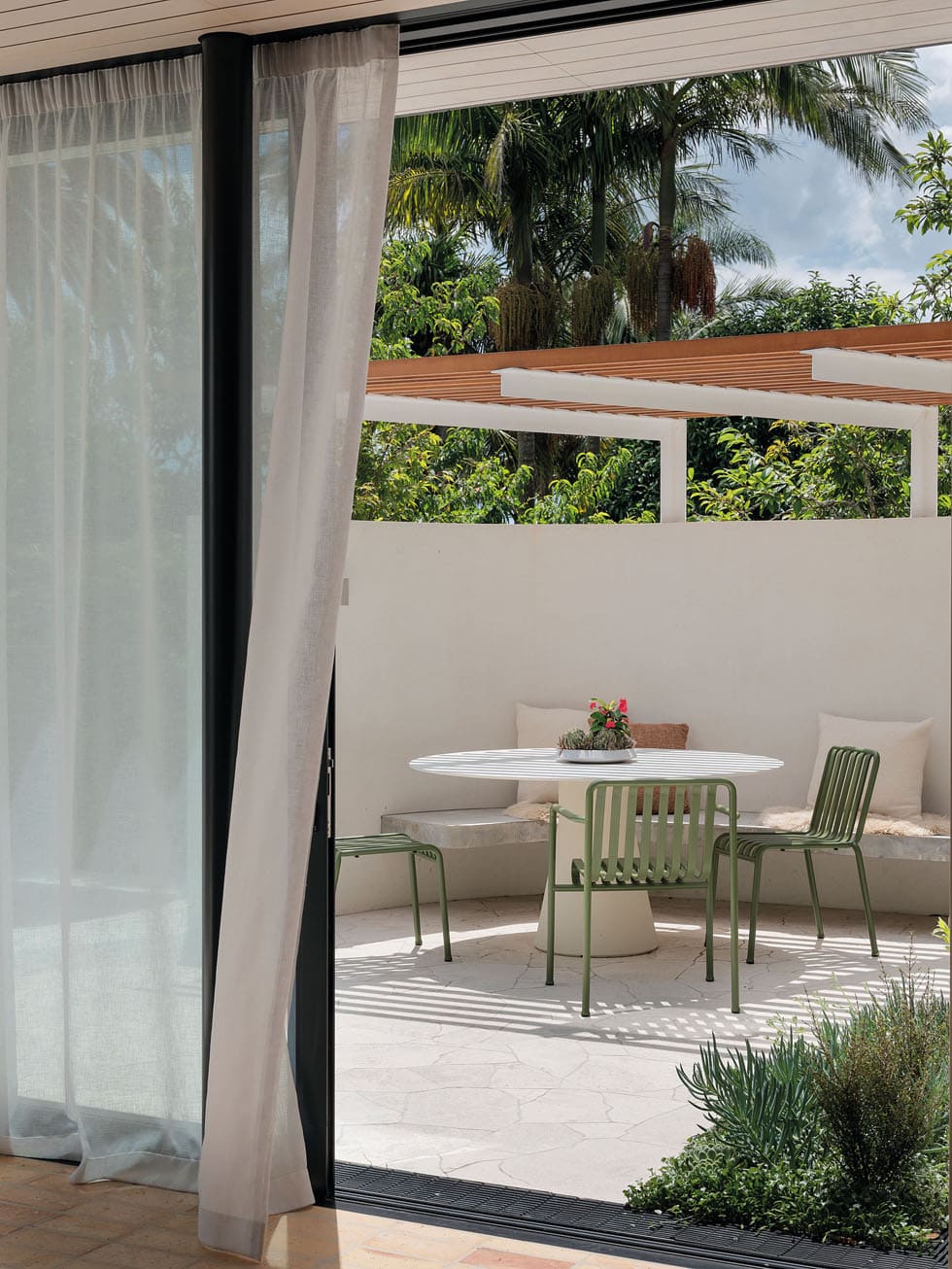

To highlight the journey from the old to the new parts of the house, a material palette was devised that sees colour in the original villa give way to texture in the addition. Subtle tonal shifts take their cues from the light and outlook of each room. Greens used in the southern, street-facing spaces warm to ochre hues as you move north through the villa, and deep colours are used in the bathrooms, which are designed to be cocooning spaces that lean into the ritualistic aspects of bathing.
All the while, a continuity of whites travels with you from front to back, where the tactility of the recycled materials, particularly the bricks underfoot, sets the mood in the new part of the house. Punctuating this area, the dark-stained oak of the kitchen provides a counterpoint to the natural light that streams inside. The acoustic ceiling panels used here mirror those in the villa while buffering the happy noise of family life as it bounces off the solid materials.
An improved connection to the garden was also important in this renovation and has been seamlessly achieved in the level threshold between the living areas and the patio that curves around the pool. That panelled ceiling extends out past the interior, encouraging you to look beyond the building and into the lush green surrounds created by landscapers Babylon Gardens.

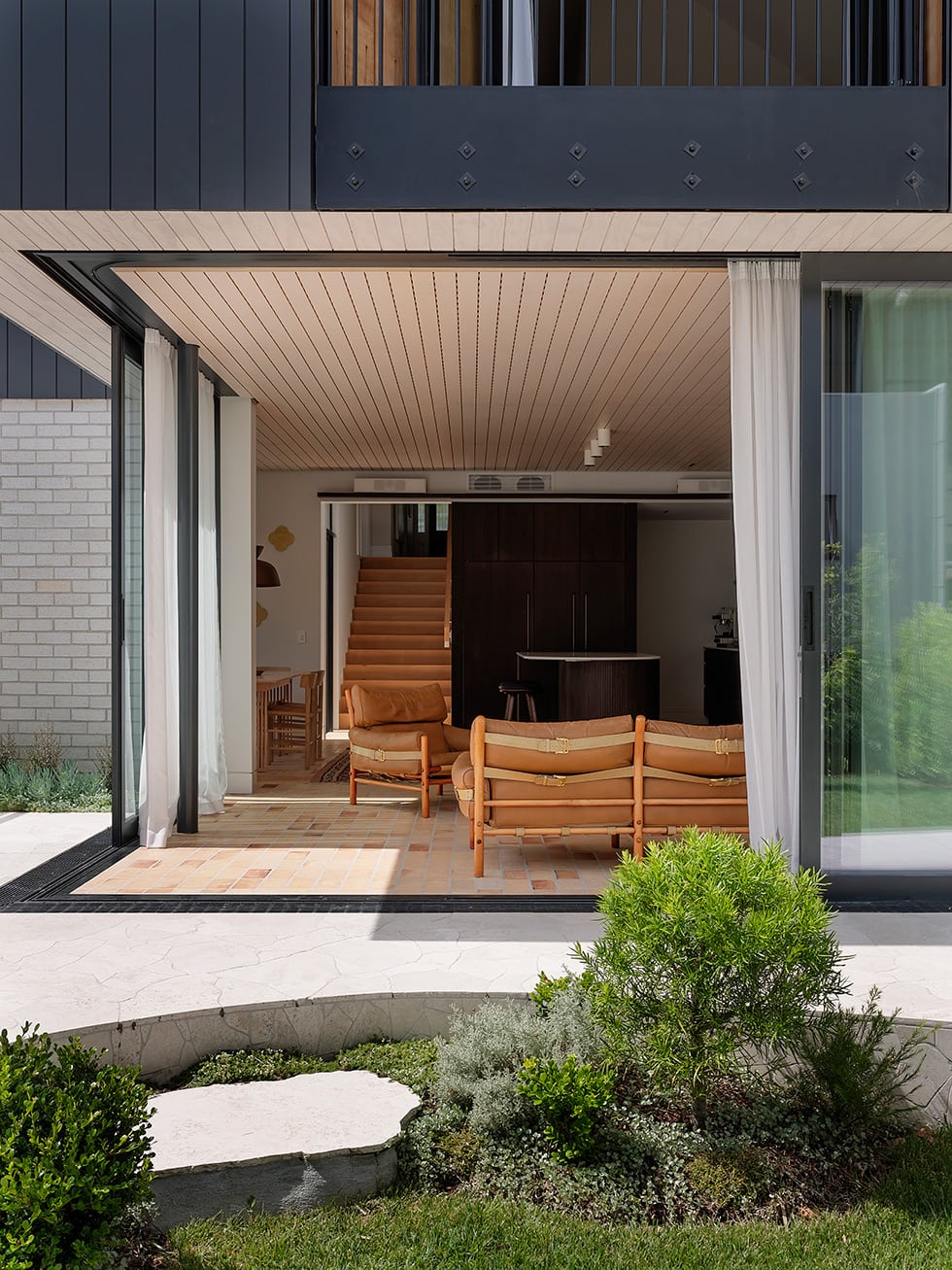
Having transitioned from the traditional cellular living of the old villa to a modern set-up that offers a whole lot more flexibility and freedom of movement, Natasha says this is a house for the long term. “I’ve always had in mind that there could be four adults living here — or more at some point,” she says. “I don’t know what the boys will do, but I’ve been keen to think about how spaces might be repurposed or adapted as our family dynamic changes. We love living in this street, love the area, love the community, so that’s part of what I design with. It goes to the heart of living with the urban environment, which I’m all about.”
Words Alice Lines
Photography Sam Hartnett

